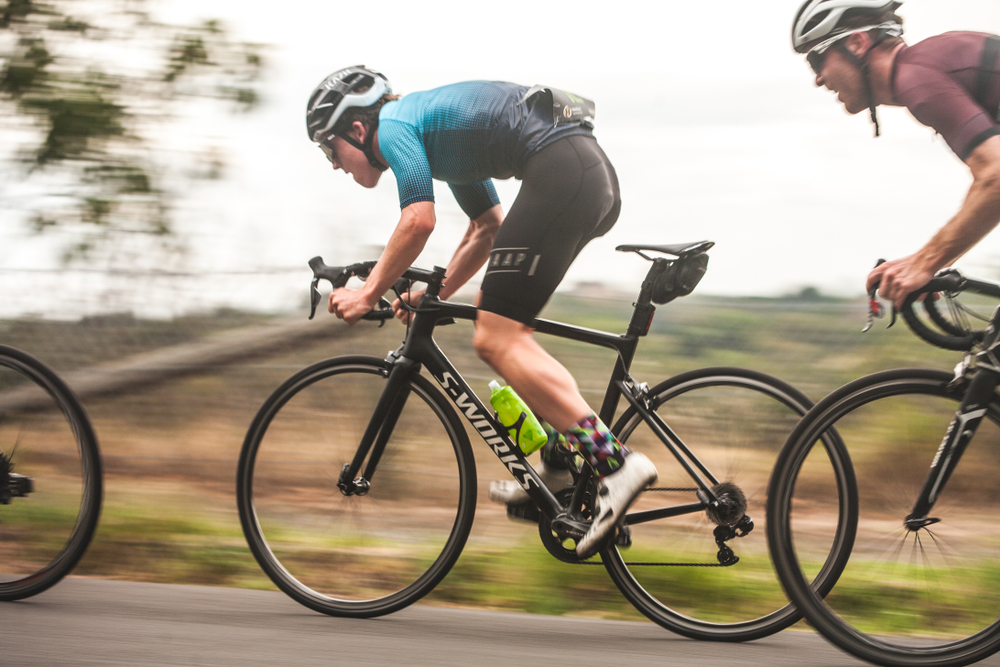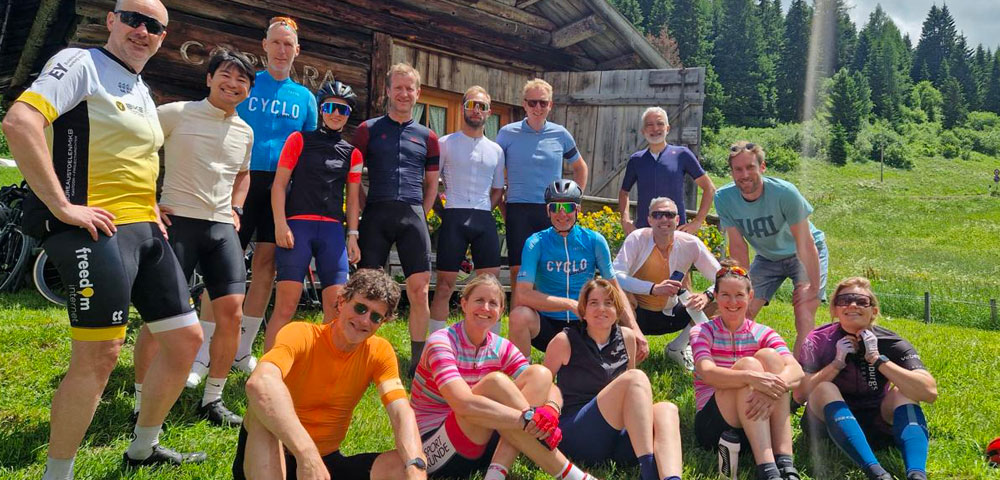Training in winter: This is how it should be done
The professionals can ideally prepare for their season in distant places such as Australia, Spain or during six days. But what is a feasible preparation for spring for us mortals? Time to pay attention to that. In two parts, in part 2 tips to make your winter training a success.
Text: Melvin Keppel, Rhino sports care
Train hard but don't forget what it's really about, recover smart!
Fortunately, there are also many ways to train. Below I explain what you should pay attention to when training in winter.
Digital training.
Nowadays it is easy to cycle comfortably indoors. There are various online tools to give training more structure or make it more social. Below I will tell you more about the most well-known tools. The most obvious option is to use your own bicycle on an indoor trainer, which can be one where you put the rear wheel in or where you have to remove the rear wheel from your bicycle.

Zwift
An online environment for virtual (group) rides. Also great to use for your own training. Less suitable for drawing up a training program.
Trainerroad
Visually and socially a lot less attractive than Zwift, but with a very clear structure in the training. Very suitable for drawing up and implementing a training program.
Sufferfest
Perhaps a bit unknown, but certainly no less. The structure of the training is good, beautiful and challenging training programs. The disadvantage is that there is little variation in the training.

Spinning or Wattbike
You may be familiar with spinning, cycling for a long distance with a heavy flywheel in a room with loud music and a trainer for the group. Wattbike is similar in that respect, the bikes are very different. Where you maintain spinning momentum through the flywheel, with a Wattbike you have more of the feeling that you are on a real bicycle.
My preference is for Wattbike training, which is more specifically aimed at improving your cycling technique.
MTB
If you want to improve your cycling technique, mountain biking is very suitable. You are often on a different bike than the one you cycle the miles on in the spring. When you get better at mountain biking, you will notice that you can quickly transfer this to your racing bike.

Compose your own week
Finally, some tips for making your own weekly schedule. As mentioned earlier, you mainly need time for a good foundation. Unfortunately, for mortals, this is a luxury we have limited access to.
although interval workouts There is a limit to making yourself stronger quickly. Do 2 to a maximum of 3 interval training sessions per week, for a period of 6 weeks before trying anything else. Whether these are the first, last or first and last weeks of your winter doesn't matter much, there is no definitive right or wrong here. The workouts can be short (45 minutes) or long (90 minutes). Intensity can vary and range from 90-100% of your maximum heart rate.
Endurance training can always be done, build this up slowly. Start with 1-2 hours and when you have the time you can extend the workouts to 4-6 or perhaps 8 hours. Intensity is preferably below 75% of your maximum heart rate
Recovery training. A bit of a misnomer if you ask me, every training disrupts the balance. With this training, the intensity and volume are so low that it does not hinder your recovery. 30 min. with a maximum intensity of 60% maximum heart rate.
The most important thing is that you stay fit and healthy, you have to enjoy every training and be eager to have a great season. Train hard but don't forget what it's really about, recover smart!
Would you like to read the frequently made mistakes again?
Training in winter: How do you do that?










